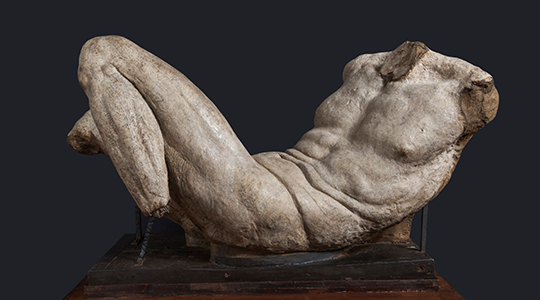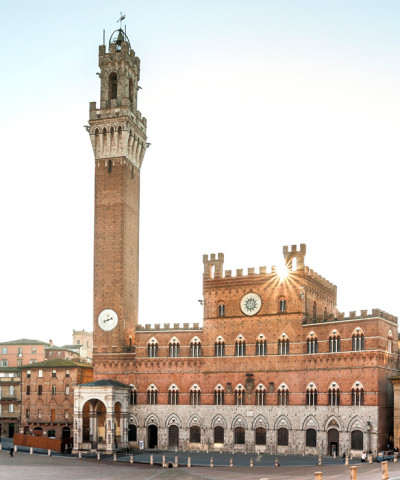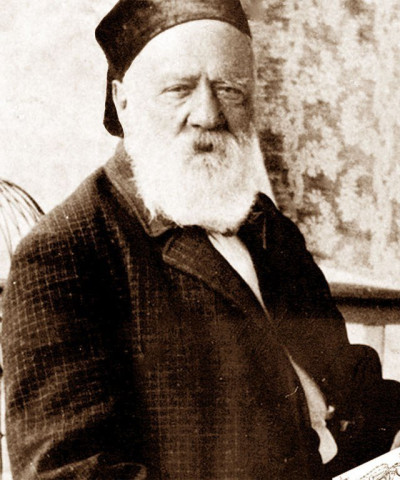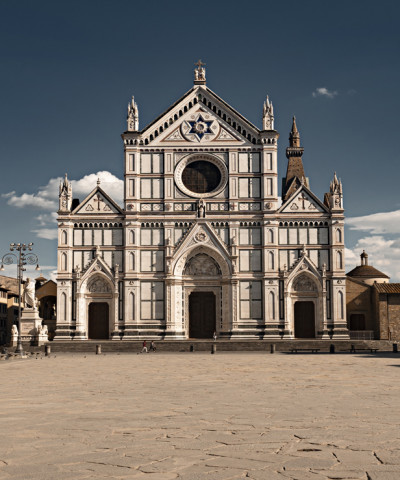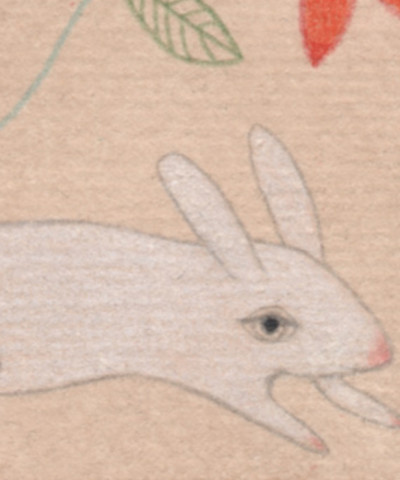Accademia delle arti del Disegno
An academy designed by Vasari, supported by Cosimo and inspired by Michelangelo
An academy designed by Vasari, supported by Cosimo and inspired by Michelangelo. A history span-ning 500 years and the title of oldest fine arts academy in the world. A priceless collection that even in-cludes an inestimable clay work by Michelangelo. And an eye towards the future and beyond national borders. Cristina Acidini, president of the academy and the first woman to hold the role in all its five cen-turies of history, speaks to us about her Accademia del Disegno.
How has the academy upheld its important role for such a long period of time?
In my opinion, the success of the Accademia, which unlike other institutions has never ceased to operate, can be found in its ability to interpret the role of the arts in harmony with various historical moments and as a response to the needs of society. Over time, the Accademia has been a “team” of artists working for the Medici, a way to guarantee that artworks would not be exported, a place to train young artists, a pro-moter of important decisions regarding the future of the city, and a centre of lively debates. Today, having delegated many of its historical roles to other institutes, it’s the perfect headquarters for super partes comparisons and a hotbed of artistic and cultural thought. You could say it has maintained its role thanks precisely to its constant ability to transform.
What does the school’s emblem of three wreaths signify?
To design the Accademia’s emblem, after a fruitful debate between Giorgio Vasari and Benvenuto Cellini, the symbol of three interweaving circles – transformed into three wreaths – was taken from blocks of marble quarried for Michelangelo. They represent the close bond between the main Arts, Painting, Sculp-ture and Architecture, which are now three departments at today’s Accademia. Within the fertile culture of Mannerism typical of the era in which the Accademia was founded in 1563, the three Arts were seen as sisters born from the same father, Drawing. And Drawing wasn’t so much lines on a piece of paper but rather the creative inspiration that forms in the human mind. In the vast vision of its creator, Drawing is the father of all disciplines that require intelligence and knowledge, like poetry, performance, medicine and even the art of war.
What is the mission of the Accademia today and what does it safeguard?
The Accademia’s current mission is to encourage, protect and introduce the arts and knowledge in all their forms and expressions, through study, research, publications, exhibitions, conferences and training activi-ties for specialists, with a constant goal of valorizing artistic, humanistic and scientific culture. Our mis-sion is also very focused on international themes – like art at risk – while remaining faithful that the re-spect for art will contribute to the establishment of world peace.
What are the most prestigious artworks owned by the Accademia?
The Accademia conserves important works of ancient art, as well as pieces by Francesco d'Antonio, Mar-iotto di Nardo, Jacopo Pontormo and others. We also have modern and contemporary artworks, some of which were winners of prestigious 20th-century awards, like Morte dell'autore by Giannino Marchig. But our masterpiece, which has been in our possession since 1583, is the life-size clay model for Michel-angelo’s River God. We’re working hard to display it to the public as soon as possible, but first we need to determine an adequate location inside our space.
What’s the future for the institution?
I believe that the future of this institution depends a lot on its ability to communicate with other institu-tions, both local and international. We already have wide-ranging collaborations – with the Opera di Santa Croce, for example, as well as Chinese art associations – and it’s becoming increasingly common that noted artists and museums from throughout Europe, Russia and the Far East come to us to make use of the top-quality experiences Florence offers, all within the prestigious tradition established by Giorgio Va-sari, in turn inspired by Michelangelo.






